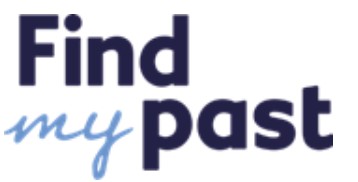 Lincolnshire Baptisms
Lincolnshire Baptisms
Over 144,000 new baptisms, transcripts and links to images of the original, have been added to this existing collection, spanning 1754-1862, with most of them predating 1812.
The updates bring the collection to over 2.1 million records. The new records cover over 100 Lincolnshire parishes, now 657 parishes in total, with the emphasis being the first half of the 17th century.
England & Wales, Paupers In Workhouses 1860
In 1860, the House of Commons ordered for a report to be taken of each workhouse in England and Wales. This report detailed every long-term adult resident of the workhouse.
First name, last name and location are transcribed with a link to images of the original printed report giving time in the workhouse and the reason(s) for their residency — types of physical and/or mental infirmity.
The report, published in summer of 1861, included 14,216 individuals who met the criteria for inclusion – in other words, had been living in a workhouse for at least five years. Of these, 6,569 were men and 7,647 were women. It was calculated that there were about 67,800 inmates of workhouses and therefore that about 21% of them were long-term institutional residents. For context, the population of England & Wales at the time of the April 1861 Census was 20,066,224.
The reasons given were categorised into the following broad groupings:
“Old age and infirmity” – 5,932 individuals
“Mental disease” [which included learning difficulties] – 4,989 individuals
“Bodily disease” – 924 individuals
“Bodily defects” [which included blindness and deafness] – 1,619 individuals
“Moral defects” [which included mothers of illegitimate children] – 182 individuals
“Other causes” [which included orphans and deserted wives] – 570 individuals


 Lincolnshire Baptisms
Lincolnshire Baptisms Find
Find 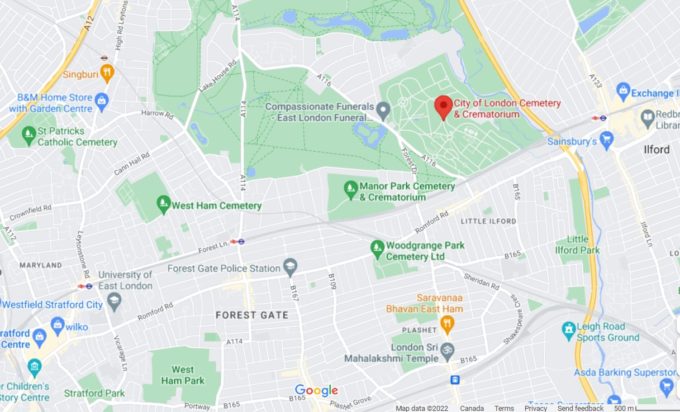
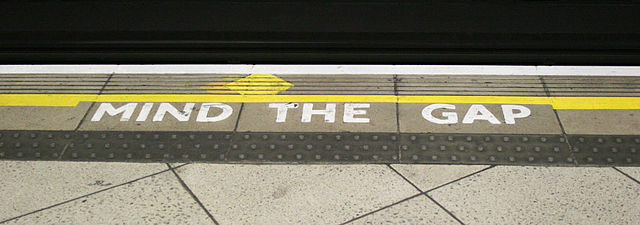
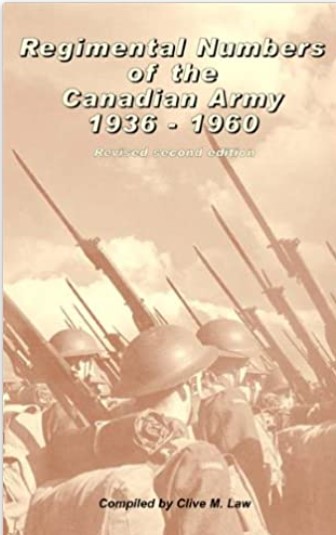 Following up on last Monday’s post that included a mention of WW2 Canadian Regimental Numbers, the book Regimental Numbers of the Canadian Army 1936 – 1960 by Clive M Law details assignment by military district blocks and sub-blocks.
Following up on last Monday’s post that included a mention of WW2 Canadian Regimental Numbers, the book Regimental Numbers of the Canadian Army 1936 – 1960 by Clive M Law details assignment by military district blocks and sub-blocks.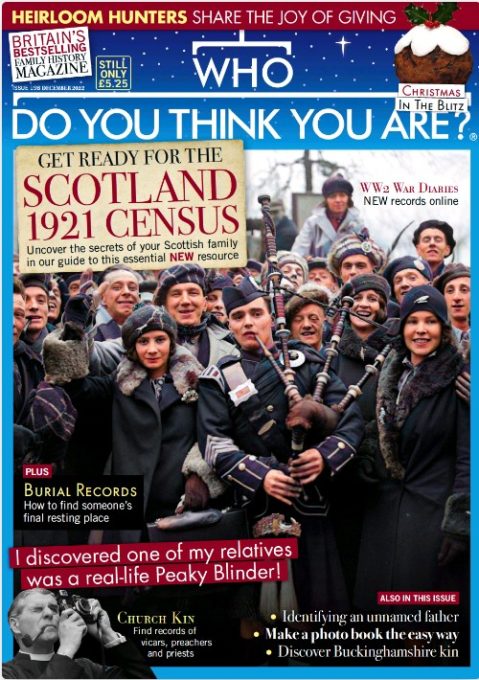
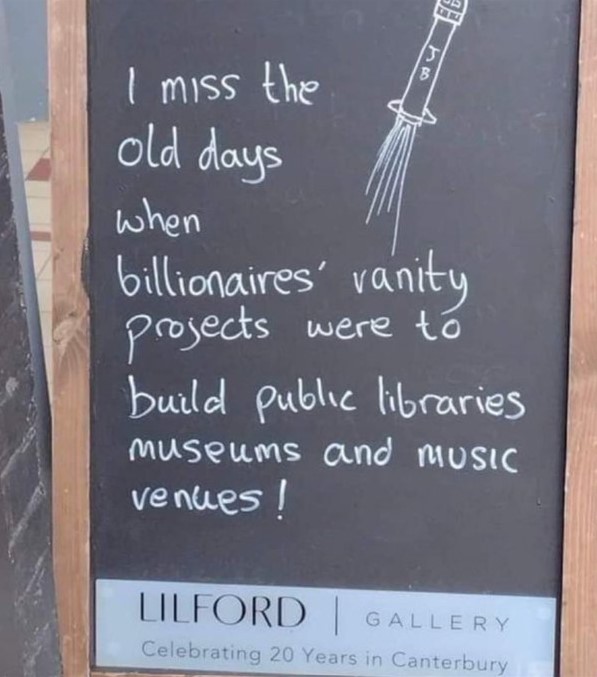
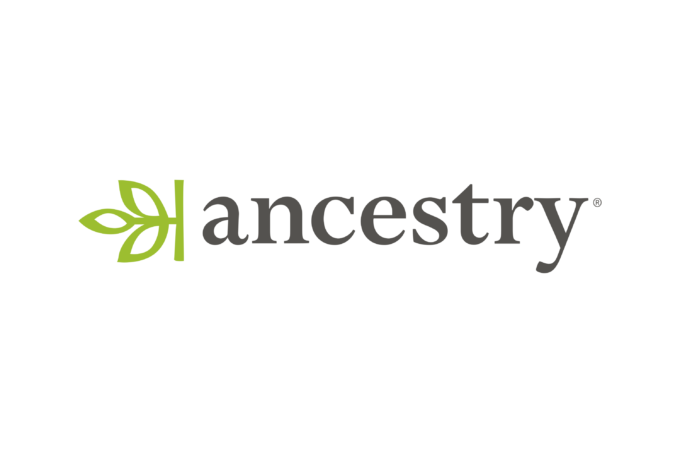 This addition from the London Gazette includes WW2 personnel lists for various military units, reports of people leaving the service due to illness, and notices of commendations and promotions in rank. The collection includes images of the original documents.
This addition from the London Gazette includes WW2 personnel lists for various military units, reports of people leaving the service due to illness, and notices of commendations and promotions in rank. The collection includes images of the original documents.